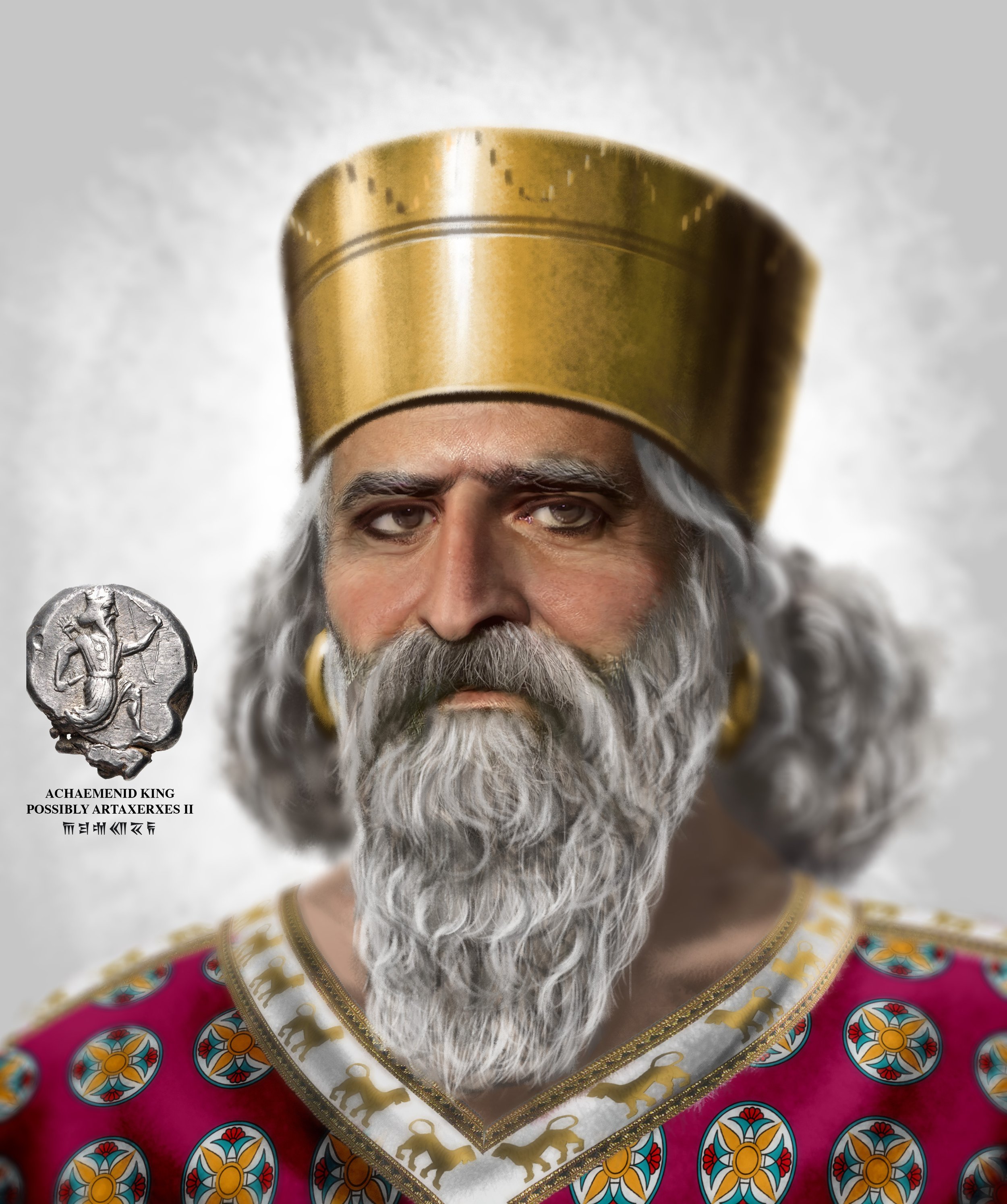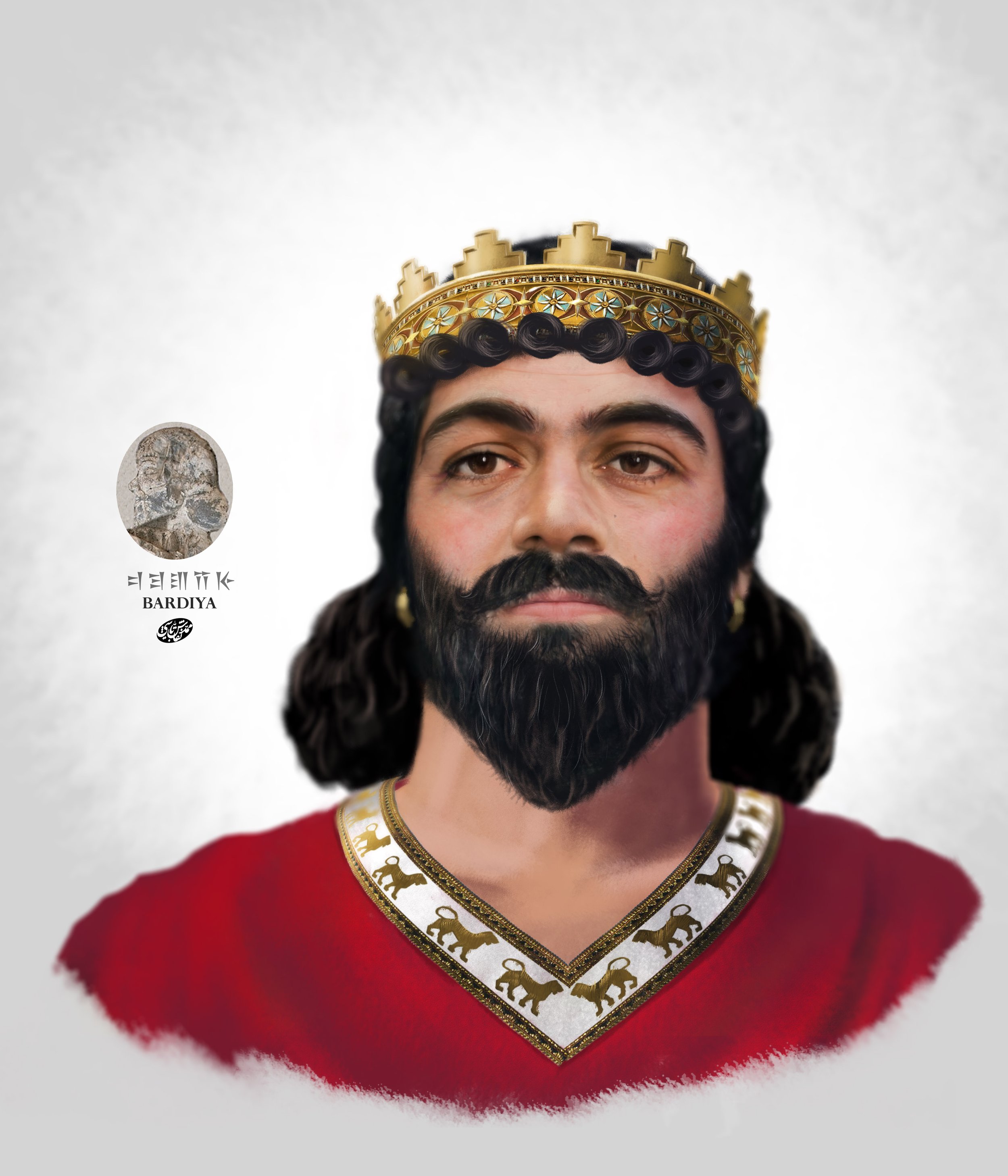House of Achaemenes
Type: Historical, Royal
Most Significant: 7th C. BCE - 4th C. BCE
Patriarch: Achaemenes
Ethno-Linguistic Family: Iranian, Persian/Median
Seat: Anshan, Ecbatana, Pasargadae, Babylon, Susa, Persepolis
The House of Achaemenes was a royal house in ancient Iran that ruled the city of Anshan before expanding and creating the Achaemenid Empire from 550 to 330 BCE. The Achaemenid Empire was a vast and powerful empire that stretched from modern-day Iran and Iraq to the Balkans and Egypt, and it was one of the largest and most influential empires in the ancient world.
The House of Achaemenid was founded by Cyrus the Great, who conquered the Median Empire and established the Achaemenid Empire in 550 BCE. The Achaemenids are known for their military conquests and their expansionist policies, but they are also known for their cultural achievements and their contributions to art, architecture, and literature.
Some of the most famous members of the House of Achaemenid include Cyrus the Great, Darius the Great, Xerxes, and Artaxerxes. These rulers are known for their military campaigns, their administrative reforms, and their cultural achievements, and they played a significant role in shaping the history and culture of the Achaemenid Empire.
Overall, the House of Achaemenid was a significant force in the ancient world, and it had a lasting impact on the history and culture of the region. Its members are remembered for their military conquests, their cultural achievements, and their contributions to the development of large empires and innovative ways of administration picked up later by the Greeks and the Romans.
A speculative family tree of the House of Achaemenes. Source Wikimedia
Insignia:
“[7.1.4] And he gave orders to keep an eye upon his ensign and advance in even step. Now his [Cyrus II] ensign was a golden eagle with outspread wings mounted upon a long shaft. And this continues even unto this day [4th c BCE] as the ensign of the Persian king. Before they came in sight of the enemy, he halted the army as many as three times.”
Cyropaedia by Xenophon 431 BC-354 BC | Translated by Walter Miller
Etymology: Haxāmaniš means rather “characterized by a follower’s spirit” (thus B. Schlerath, Die Indogermanen, Innsbruck, 1973, p. 36, n. 9) than “having a friend’s mind,” as it is interpreted traditionally. - Iranica
Notable Figures
These kings ruled the Achaemenid Empire from 550 to 330 BCE, and they played a significant role in shaping the history and culture of the region. Some of the most famous Achaemenid kings include Cyrus the Great, who founded the empire and conquered the Median Empire; Darius the Great, who implemented administrative reforms and expanded the empire; and Xerxes I, who led a campaign against the Greek city-states. Overall, the Achaemenid kings are remembered for their military conquests, their cultural achievements, and their contributions to the development of the Achaemenid Empire.
Cyrus the Great (550-530 BCE)
Cambyses II (530-522 BCE)
Darius the Great (522-486 BCE)
Xerxes I (486-465 BCE)
Artaxerxes I (465-424 BCE)
Xerxes II (424 BCE)
Sogdianus (424 BCE)
Darius II (423-404 BCE)
Artaxerxes II (404-359 BCE)
Artaxerxes III (359-338 BCE)
Arses (338-336 BCE)
Darius III (336-330 BCE)




